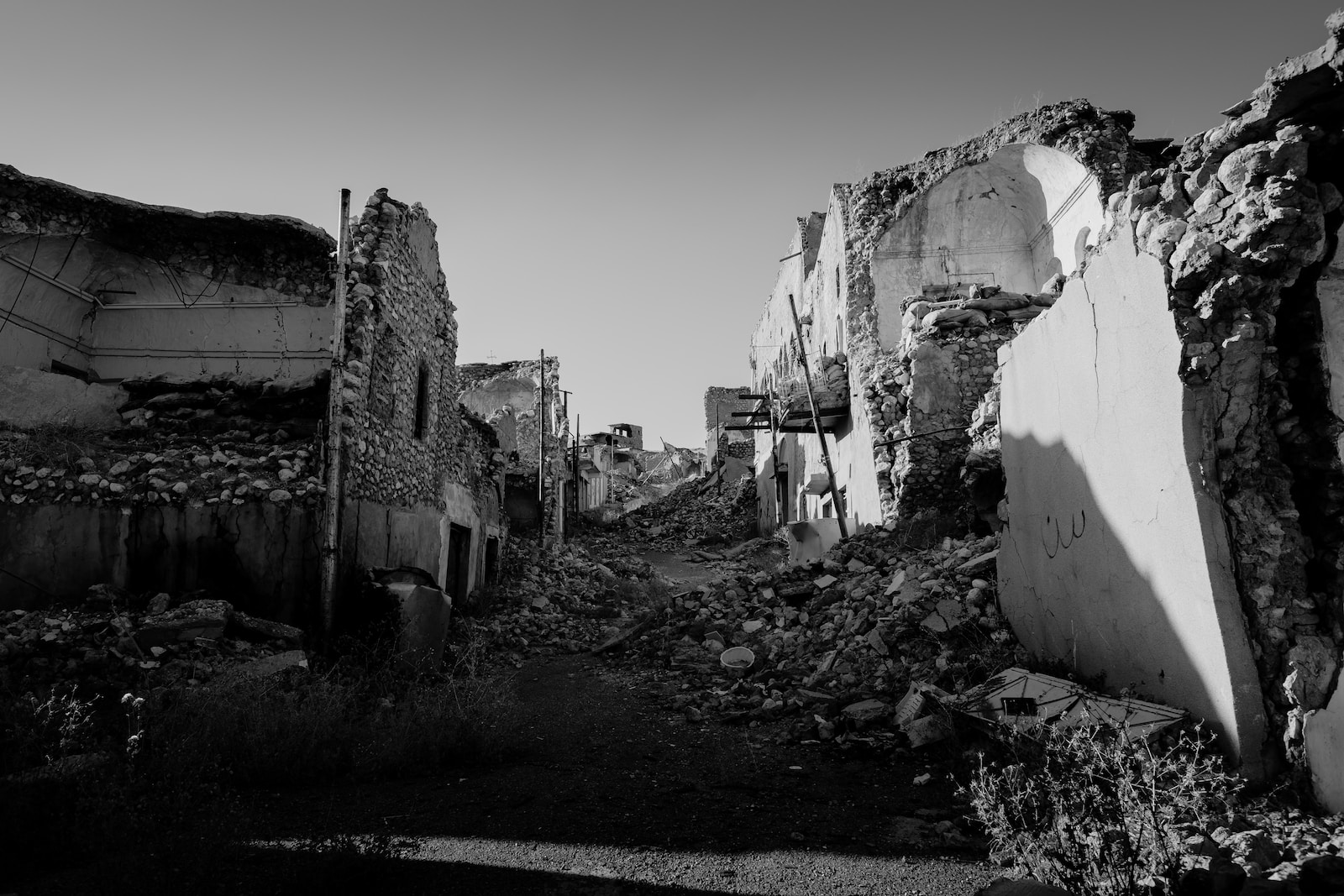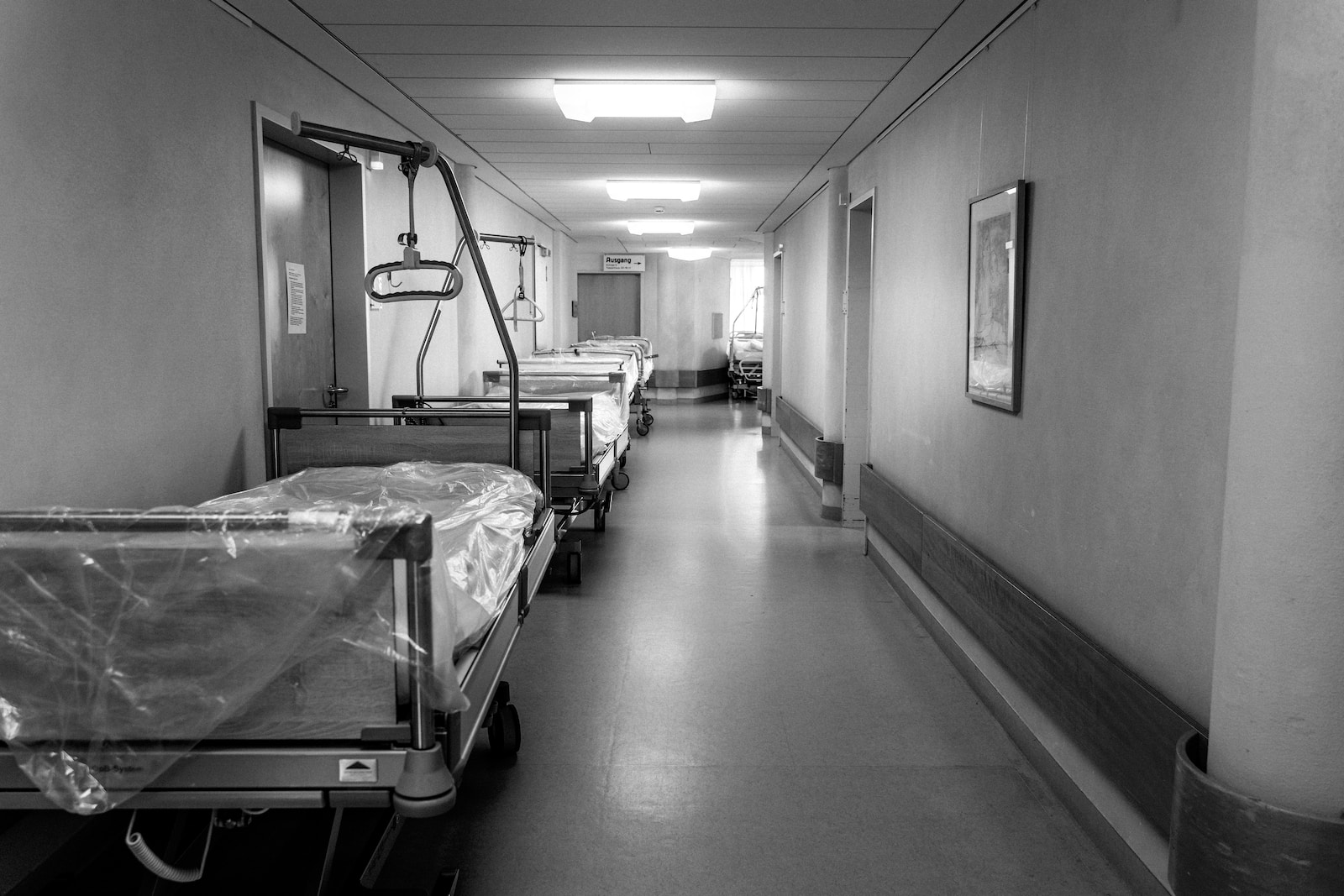We often hear about inter-religious meetings to celebrate “living together”. These encounters are particularly fashionable at meals to break the fast, for the feast at the end of Ramadan or for the sheep feast, but curiously never to celebrate Easter, Christmas or Pesach. Where are the imams today, the media-friendly peacemakers?
Why haven’t they come to support their Jewish friends? Where are the associations fighting racism and anti-Semitism? Where are the neo-feminists who had no words for the women raped, killed and slaughtered by Hamas assassins on Saturday 7 October? Where are the Muslim intellectuals who have only “living together” in their mouths to condemn Hamas as a terrorist organisation?
In support of Israel, the President of the CCOJB (Comité de Coordination des Organisations Juives de Belgique) thanked the members of the community as well as those from outside the Jewish community for attending. I would have liked to hear a speech from the associations in support of our Jewish friends and the Israeli community.
You Belgians want to make progress and fight anti-Semitism? Do you really? Then set an example by clearly affirming your support, by denouncing Islamic terrorism loud and clear and without fearful glances towards communities plagued by Islamism.
Just about everywhere in the world, lights in the colours of the Israeli flag have been lit up on monuments symbolising the country. In Brussels? Nothing! In the name of what neutrality? Excuse me, what institutional cowardice?
Worse still, we have left-wing and extreme left-wing politicians who dare not associate “terrorism” with Hamas. One of the most important trade unions in the Kingdom of Belgium, the FGTB, has even dared to put Israel and Hamas back to back. But do you understand what Hamas is? Have you read its charter, which begins with a pious vow to exterminate the Jews? Not the “State”, not the “Israelis”, but the Jews! Just as the ideology of National Socialism advocated. Don’t you understand that the difference between Nazism and the ideology of Hamas is only in this “detail”?
The RTBF public service news channel also reminded us of this with the speech by François Dubuisson, professor at the ULB, who does not use the term “terrorist” to describe Hamas (it would be interesting to know how he would speak if his children had been kidnapped by this “organisation”). His speeches were more that of a pro-Palestinian activist than that of a university professor, shedding light on the situation and the event of the massacre of Jewish people in Israel. And that’s just one example.
Yet Hamas is indeed a terrorist group that wants to exterminate the Jews. Its motto is: “God is its goal, the Prophet its model, the Koran its constitution, jihad its path and death in the path of God the highest of its hopes”. What’s stopping you from reading his words for yourselves? You don’t negotiate with groups that want to exterminate you. Negotiation implies an appeal to reason, and the only reason known to this movement is hatred. Hatred of otherness, embodied by the Jews and the West.
Frightened groups accuse Israel of apartheid throughout the West and support terrorists, contributing to the evil that is eating away at all Western societies: Islamism and anti-Semitism.
They compare it to the apartheid practised in South Africa. In South Africa, there was real discrimination between blacks and whites, enshrined in law! In Israel, however, different ethnic and religious groups live together under the same laws. Israel is a democratic country, whether or not you agree with its policies. There is no apartheid in Israel.
The so-called “Israeli-Palestinian” conflict allows Islamists to mobilise the Muslim “Ummah” around a common cause and a common enemy. In fact, Hamas launched an appeal to the Ummah today, calling on the Arab Ummah to destroy Israel.
You can’t imagine what it does to the heads of propagandized European Muslims to hold the flag of Israel as a symbol of the free world, not to burn or trample it. Few know that Muslims defend Israel with weapons in their hands and die for this country which is also theirs and to which they have sworn an oath, like Lieutenant-Colonel Elim Abdullah, a Druze from Januh-Jat. Or patriotic Arabs like Youssef Haddad, a Zionist who defended his country. Or like Nuseir Yasin (better known under his blogging name Nas Daily) who calls himself first Israeli and then Palestinian and who writes that he does not want to live under the Palestinian government while being an Arab Muslim.
We need to set an example, stop the hypocrisy and pretend that everything is fine in these one-way “living together” meetings. Some people hide behind the words “we want peace between the two nations”, but have “we” understood that the aim of Hamas is not “two nations”, but the extermination of the Jews? Those who brandish this formula today are hypocrites and liars.
The reality is that the silence of these institutions tells us the extent to which we are hostages to groups that want to do battle with our civilisation.
It is never too late to act, because we are next on the list. Hamas’s fight against Israel is a fight against our Western civilisation.














